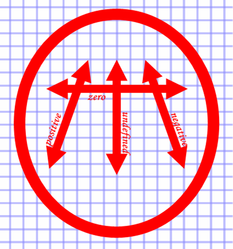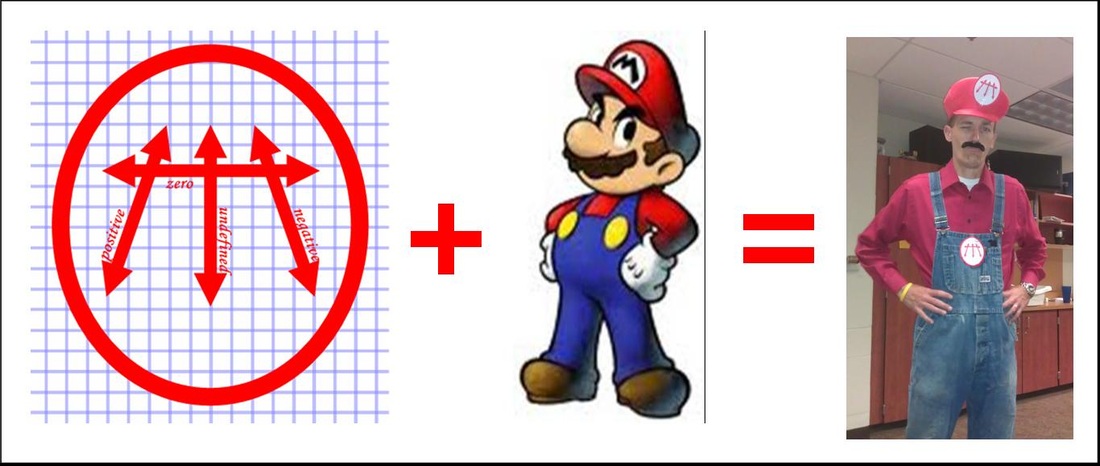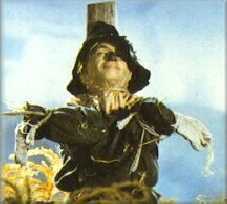
This year, I tried to do something over the top. The formula that students are familiar with for slope uses m to represent the value of the slope, or rate of change, for the function or relation.
When I looked at the four types of slopes I would be teaching (positive, negative, zero, and undefined slopes), I mashed together examples of their graphs to create a peculiar image, which I later twisted into a logo for a character who visited class.
I managed to make a logo VERY similar to the one on Super Mario's hat in the Nintendo game series!

I'm not able to hold a candle to Matt Vaudrey's Mullet Lesson, but hoping to have fun trying. He made a much more compelling case for ratios than I think I was able to do.
Now, all I needed was a costume to seal the deal. Being so near to Halloween time, I was able to score a Super Mario hat from a neighboring teacher's son, some overalls from the husband of our daycare provider (also a tribute to my high school math teacher, Vern, the focus of this earlier blog post), a mean mustache from the video-editing teacher in my building, and print off a couple of logo medallions to complete my transformation into Slope-R Mario status!
I was also able to insert a collection of images with Super Mario that showed him travelling along paths that incorporated the different examples of slope we were discussing.
Check them out below.
One side-effect of this lesson I didn't anticipate was seeing students correct their peers when someone interjected a "Mr. Keltner, you're tall and skinny, so you should have dressed up like Luigi!"
A bystander was quick to point out "He dressed like Mario because of the 'M' on the logo, since we're doing slope today. It was cool how he made the logo to show the different slopes, right?"
The first student agreed, but then quickly retorted "So does this mean when we do parallel and perpendicular lines, THEN you'll dress like Luigi?"
Stay tuned and find out. Slope-R Mario, course clear (that's a Nintendo reference).
--Keltner--



 RSS Feed
RSS Feed